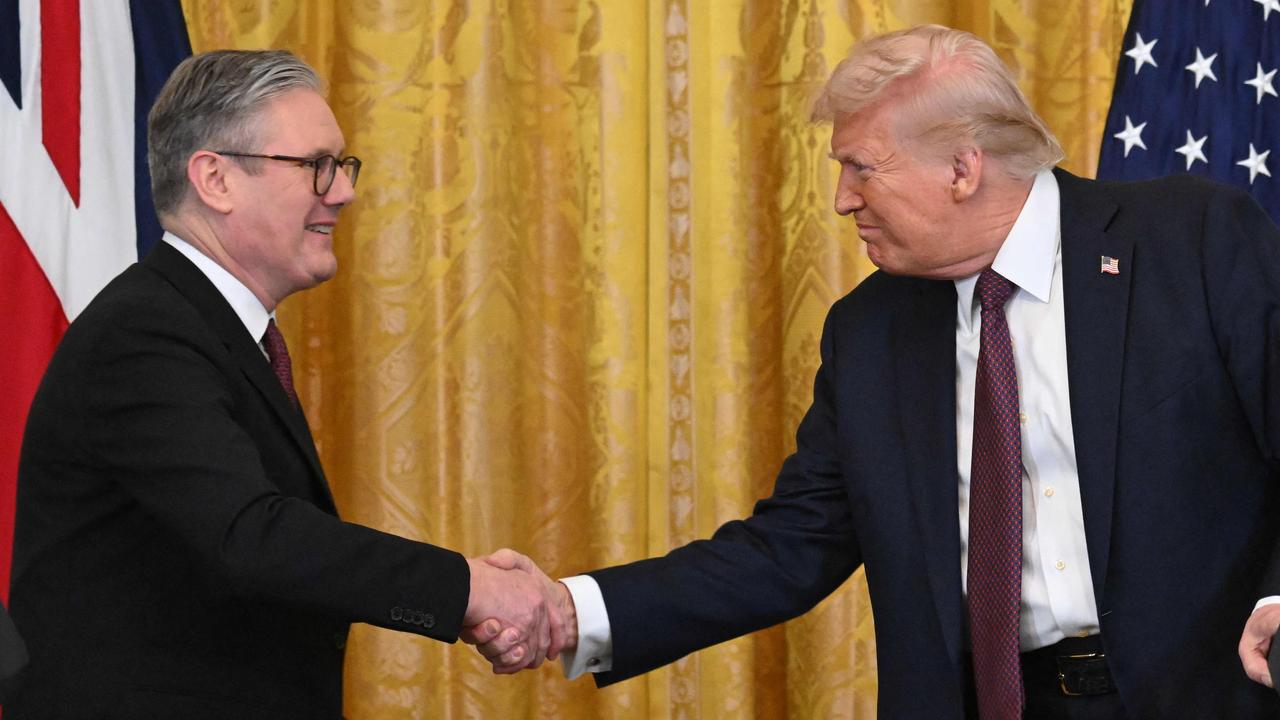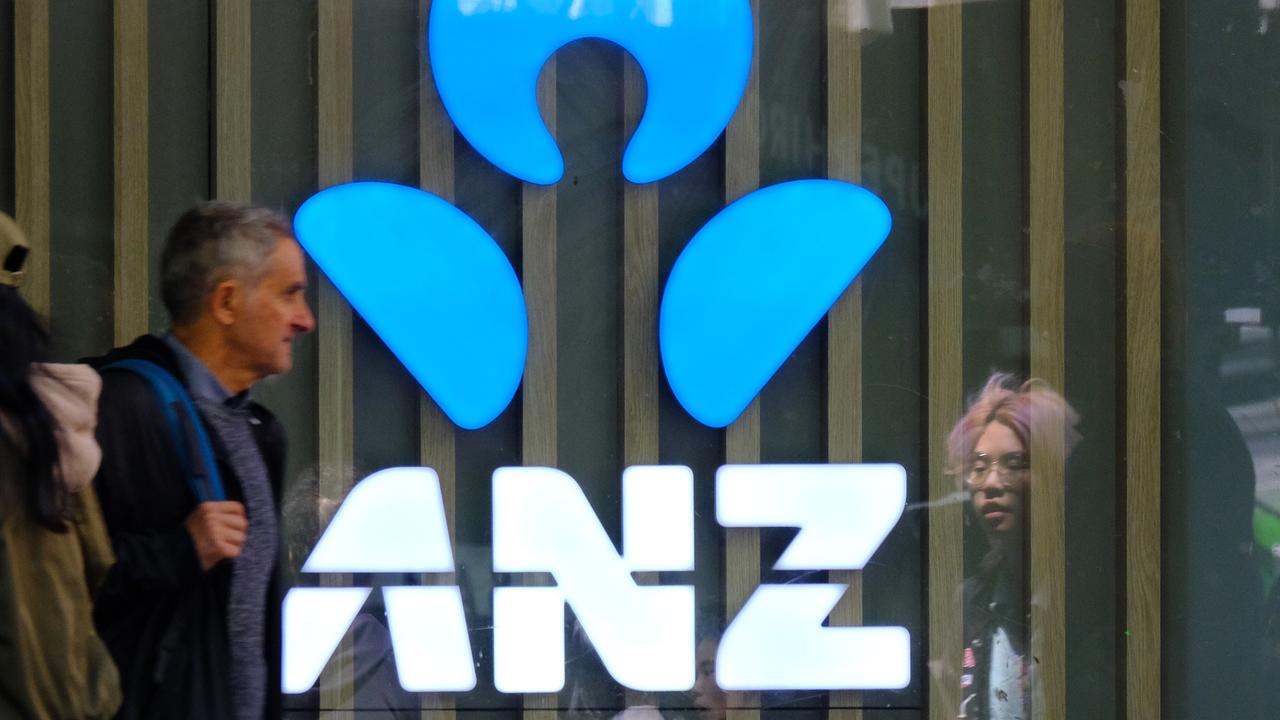Interest rates could go above 4.1 per cent as budget injects $21 billion into Australian economy
Australians were shocked when a surprise interest rate rise was pushed through this month. Now more pain could be inflicted on homeowners.
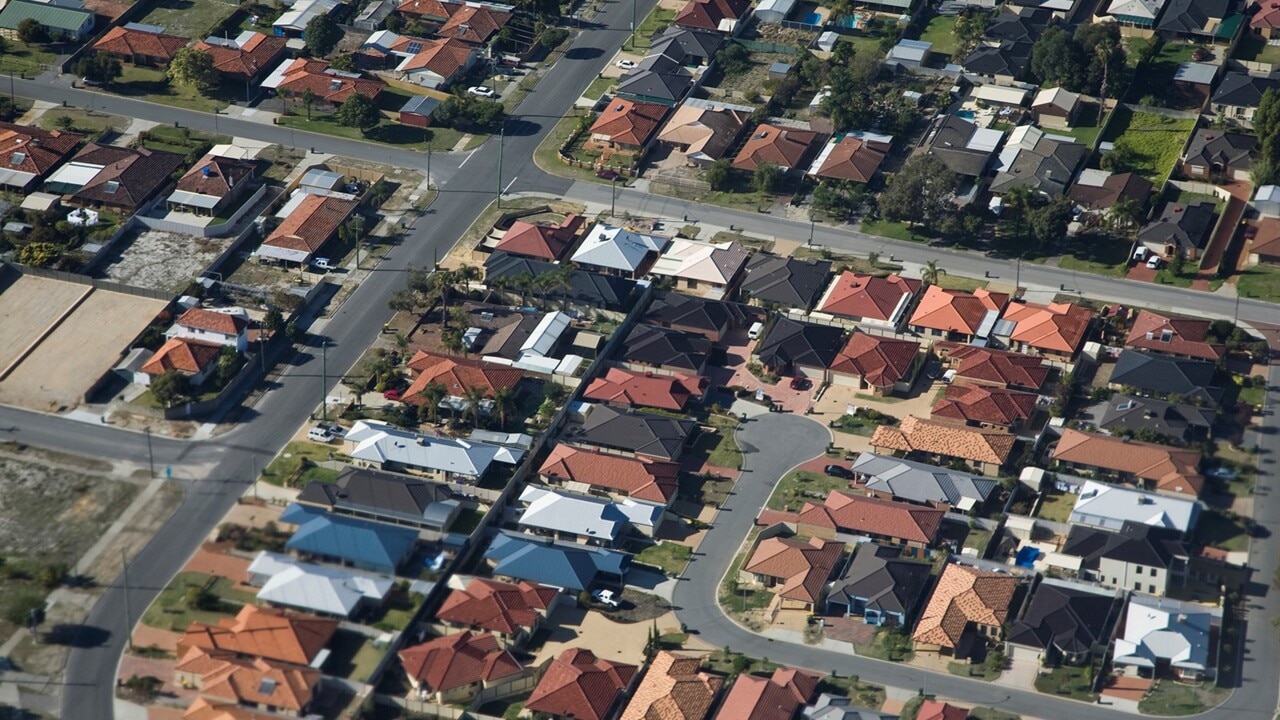
Interest Rates
Don't miss out on the headlines from Interest Rates. Followed categories will be added to My News.
There are warnings that the federal budget could see interest rates hiked above 4.1 per cent, plunging Australians into a world of financial pain.
Betashares chief economist David Bassanese said Treasurer Jim Chalmers’ budget was “unambiguously expansionary”, with the injection of money set to boost the economy by 1.5 per cent over the next two years.
“This adds to the risk that the RBA will feel the need to raise interest rates at least once and possibly twice more in the coming months,” he said.
“However admirable is the provision of cost of living support to those less well-off, they also tend to have a higher propensity to spend extra income, which will add to the challenge of slowing consumer demand in the coming year.
“Hence, this is why it would have been beneficial to introduce other offsetting budget tightening measures at the same time.”
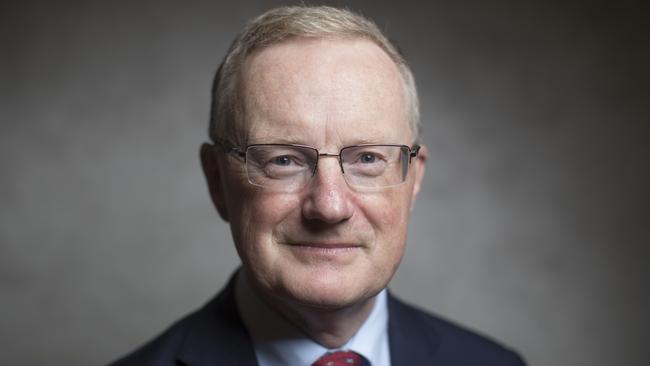
Investment bank UBS has also forecast that interest rates will rise to 4.1 per cent in July or August due to $21 billion being added to the economy from the budget. If that happens, it would be the 12th rate rise in just over 15 months.
This means a $500,000 loan hit with a 0.25 per cent rise in July would see repayments increased by $76 a month, while the 12 rate increases would mean a jump of $1134 in the past 15 months.
Mortgage repayments on a $750,000 loan would rise by $114 each month for a total of $1701 since May last year, while a $1 million loan would see repayments go up by $152 or $2268 since rate rises began.
Some experts have also pushed out predictions of rate cuts to March next year, while UBS Australia economist George Tharenou forecast that rates would remain higher for longer and cuts by the RBA would move from November to next February.
Currently, the interest rate sits at 3.85 per cent.
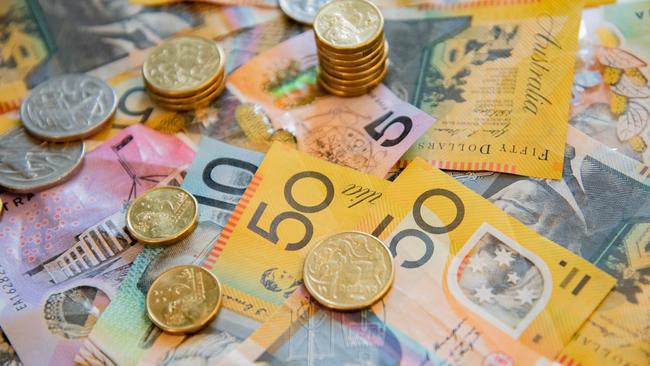
Goldman Sachs has also said the boost to household incomes was “incrementally hawkish” and predicted another rate rise in July, while warning there could be more to come.
“At a time when the RBA is lifting rates to contain elevated inflation and accelerating labour costs, we assess the budget’s near-term boost to household incomes to have an incrementally hawkish read-through for monetary policy,” Goldman Sachs Australia chief economist Andrew Boak said.
“Especially given surging migration-led population growth and the recent strong rebound in house prices, we see a firming case for further policy tightening by the RBA over the coming months.”
ANZ head of Australian economics Adam Boyton added if households pay less for some goods and services, “that frees up cash to spend on other items which could support demand and possibly prices elsewhere”.
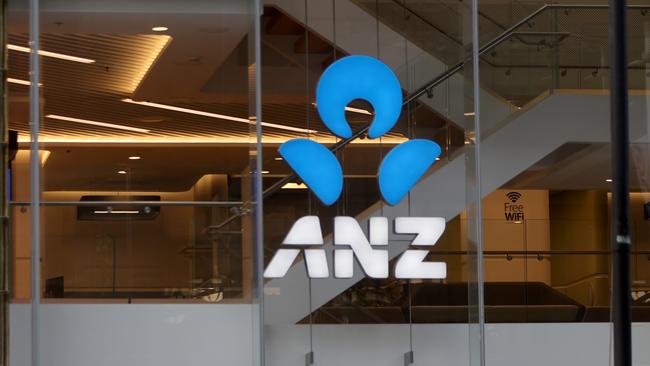
But KPMG chief economist Dr Brendan Rynne said while the $14.6 billion cost of living relief measures are unlikely to add significantly to inflationary pressures in the goods market, the Government’s demand on the services sector could put upward pressure on services inflation.
“In the context of tight labour markets, wages support to low-paid workers and aged care workers may contribute to wage inflation,” he said.
“In so far as government spending and wage support contribute to inflation, there is a risk that interest rates will need to be higher and that the fight against inflation will be prolonged.”
However, AMP and Commonwealth Bank economists have said the budget will not impact inflation, while JPMorgan estimated the support measures would contribute only 0.3 per cent to growth and “shouldn’t make the RBA’s task more difficult”.
Barrenjoey chief economist Jo Masters also said the effect on inflation would probably be only a 0.1 per cent increase over two years.
“This does not materially change our inflation outlook, nor does it materially worsen the inflation problem,” she said, but added the measures “aren’t generating disinflation or deflation, leaving the job of bringing inflation back within the 2-3 per cent target band largely with monetary policy”.
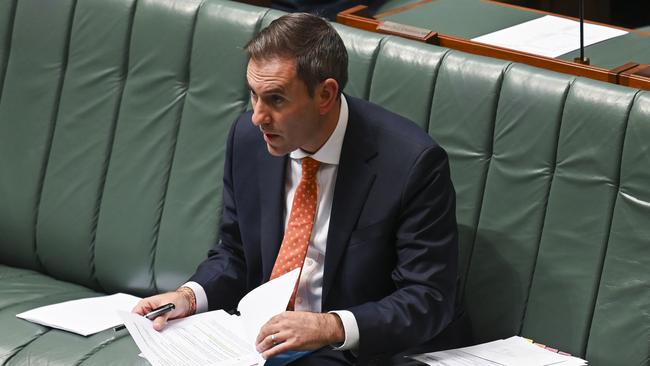
The Treasurer rejected arguments that the budget would add to inflationary pressures in the economy, instead saying that saving billions and the $3 billion energy relief plan were “key to dealing with the inflation challenge”.
“Our budget is contractionary when inflation is at its highest – the result of our efforts to improve the fiscal position by around $125 billion over two years since coming to Government,” Dr Chalmers said.
“Our targeted interventions in those areas where price pressures are most acute will directly take the pressure off inflation – by some three-quarters of a percentage point next year. That means inflation will be lower in 2023-24 than what we forecast in October.”
Originally published as Interest rates could go above 4.1 per cent as budget injects $21 billion into Australian economy




